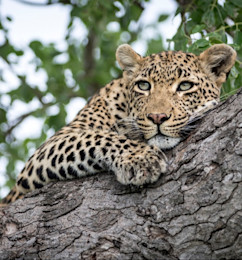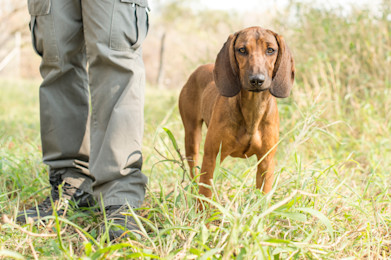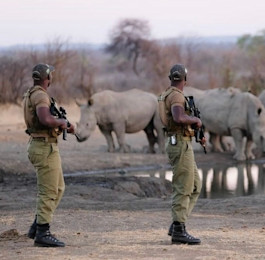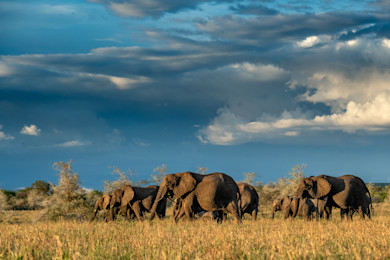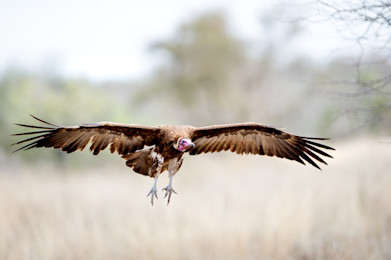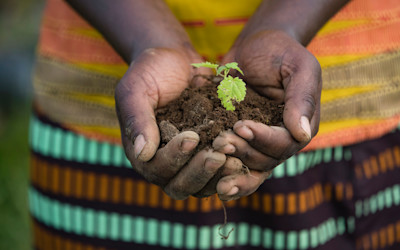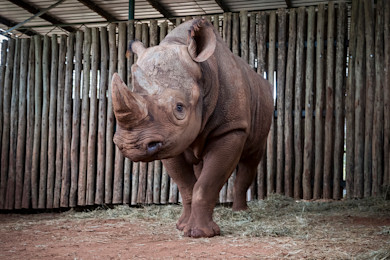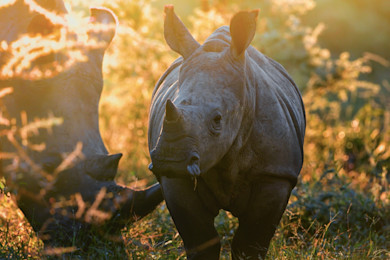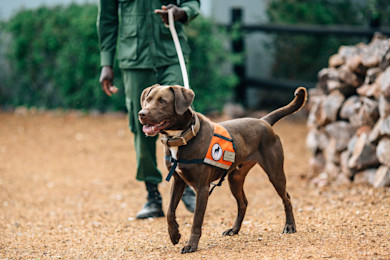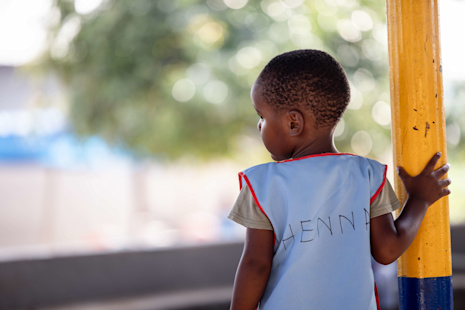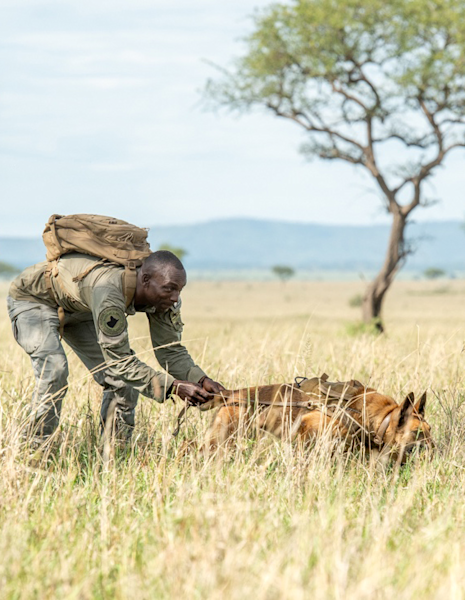
Human-Wildlife Conflict Mitigation
Human-wildlife conflict has been in existence as long as people and wild animals have shared the same landscapes and resources.
However, the issue has escalated in response to factors such as increasing human populations, the associated demand for natural resources, and – ironically – the Grumeti Fund’s success in restoring wildlife-protected areas in northern Tanzania.
Communities living close to these protected areas often face huge losses due to conflict situations with wildlife – whether it’s the destruction of crops by elephants or the predation of cattle by lions and hyenas. With around 1,922 elephants thriving in the reserve (up from only 350 just 18 years ago), it’s not surprising that human-wildlife conflicts have steadily increased; and with a single elephant incident potentially leading to the loss of an entire year’s income, the stakes are much higher – for both people and wildlife.
A study commissioned by Grumeti Fund found that from 2012-2014, the annual number of elephant-related crop-damage incidents in nearby villages increased by 750%. This led to the establishment of the specialist Human-Wildlife Conflict Mitigation Unit, which consists of specially trained Grumeti Fund and government scouts who are constantly on standby to respond to – and mitigate – conflict incidents reported via a dedicated hotline.
A study commissioned by Grumeti Fund found that from 2012-2014, the annual number of elephant-related crop-damage incidents in nearby villages increased by 750%. This led to the establishment of the specialist Human-Wildlife Conflict Mitigation Unit, which consists of specially trained Grumeti Fund and government scouts who are constantly on standby to respond to – and mitigate – conflict incidents reported via a dedicated hotline.
How does it work?
chevron-right
How can I support this project?
chevron-right
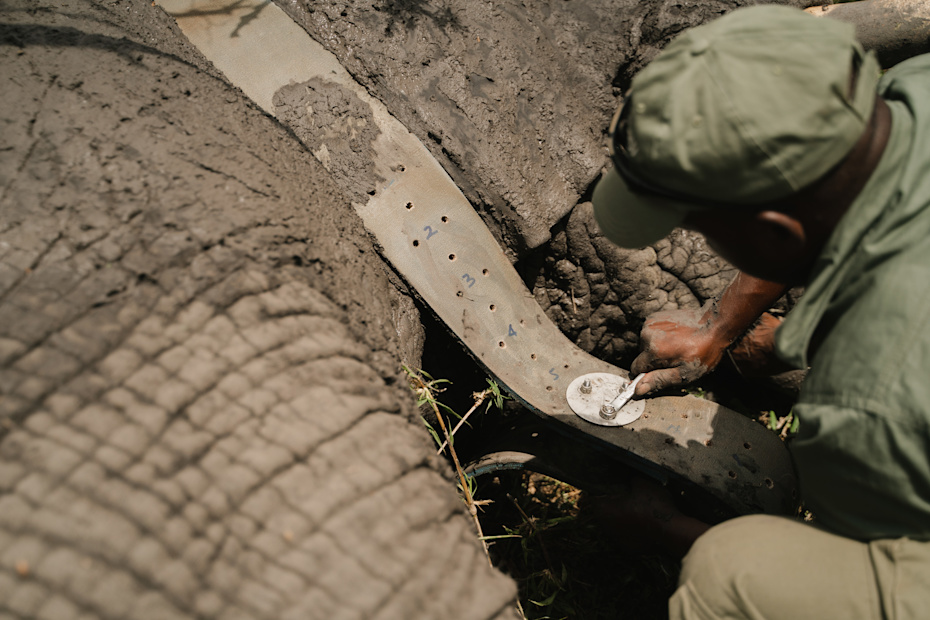
Human-Wildlife Conflict Mitigation
BiodiversityShare:
Conservation Partner
Grumeti Fund
As the custodian of more than 350,000 acres of the world-renowned Serengeti ecosystem in Tanzania, Singita’s partnership with Grumeti Fund has had a profound impact on the Serengeti ecosystem. The non-profit Grumeti Fund carries out wildlife conservation and community development programs in and around the Singita Grumeti Reserve.
Faced with challenges including uncontrolled illegal hunting, rampant wildfires and spreading strands of invasive alien vegetation when they took over the management of the area in 2003, the Fund dedicated itself to transform severely depleted wildlife numbers into thriving populations once more. Restoring this once barren and highly degraded region to a flourishing wilderness, their successes include the remarkable recovery of many species – including buffalo, wildebeest and elephant populations, and in 2019, the Fund carried out the largest single relocation and reintroduction of 9 critically endangered Eastern Black Rhino.
The non-profit Fund is fiscally independent in its conservation and community project operations. Funds are derived in the form of donations from Singita guests, NGOs and philanthropists seeking to make a lasting contribution to the sustainability of conservation work in Africa.
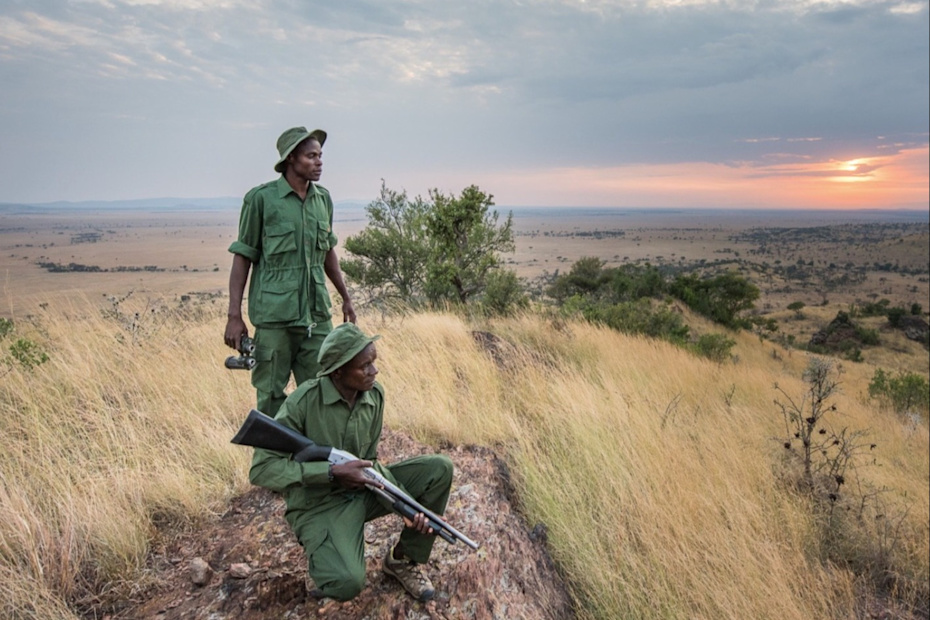
Other Biodiversity Projects
AllTanzaniaSouth AfricaZimbabweRwanda
AllTanzaniaSouth AfricaZimbabweRwanda

